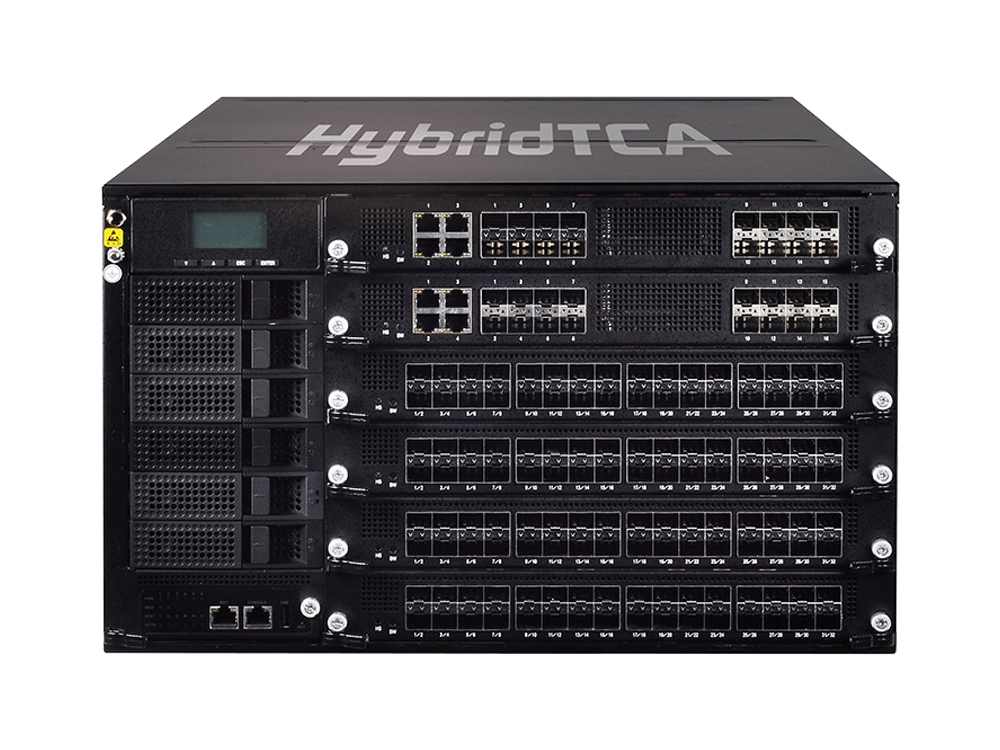The next phase of cloud
In today’s networking landscape, the cloud computing has evolved into four major paradigms: public cloud, private cloud, hybrid cloud and multi-cloud. However, the rising workloads emerged and generated from mobile devices, including video streaming, security authentication, and A.I. or IoT related applications, have increasingly occupied the traffic from user ends to the central cloud, causing latencies in user experiences. Therefore, the recent concept of “Edge Cloud” has been introduced as the initiative to reduce the latencies for IoT or CDN (content delivery networks) applications.
Edge Cloud indicates the implementation of cloud compute at the edge, where data is generated by users. By implementing the cloud close to the users, the traffic to the central cloud is far reduced and thus minimize the latency. Video streaming and A.I./IoT applications can run at a much better performance. Since the introduction of “Edge Cloud”, MEC (multi-access edge computing) has served as the fundamental network architecture for offering cloud at the edge. In fact, MEC has been considered as the keystone network architecture for edge cloud.
From Centralized to Distributed
As 5G is anticipated to be available by 2020, many of the connected devices with A.I./IoT apps enabled, like self-driving bus, AR/VR, smart home, and intelligent hospital, will kick off and generate tremendous volume of data. Therefore, by implementing cloud capability into the MEC infrastructures, the data no longer travels to the central cloud, and will instead be processed locally at the edge. In other words, cloud computing resource will no longer be allocated as a centralized approach, but instead, turn to become a distributed architecture, at the edge, where the traffic is generated by users and connected devices.
Edge Cloud can be considered as the currently latest (at the time of this writing) distributed computing architecture, and requires the implementation of Cloud RAN and MEC infrastructures. In fact, market experts have anticipated that Edge Cloud, accompanied by Cloud RAN and MEC, will enable the true performance of 5G including the feature of network slicing.
The primary advantage of Edge Cloud is the ultra minimization of footprint which would boost the real-time communication and video streaming. Secondly, Edge Cloud is deployed by open source hardware and software, for instance, OpenFlow on white-box servers. This will not only offer economic incentives but also compatibility for third-party VNF and remote configuration.
Recommended Hardware
Cloud computing has evolved from centrally aggregated infrastructure to a distributed, edge-oriented orchestration. For time-to-market and compatibility with open source software, it is strongly suggested to deploy high-performance white-box servers for economical advantages. For example, HTCA-6600 by Lanner Electronics Inc., is a high-availability, fully-redundant 6U open hardware server, featuring 6 CPU blades, each supporting 2 Intel® Xeon® E5-2600 v3/v4 CPUs and 16 DDR4 DRAM sockets for ultra-high performance and throughputs. HTCA-6600may also serve switch functions with the design of BCM StrataXGS™ Trident-II/II+ BCM56854/56860 Switch Fabric with 720/1280 Gbps as well as 6 Swappable I/O blades on the front, supporting up to 2 Switch blades or 6 Ethernet blades. HTCA-6600 is NEBS compliant for carrier telecom applications.







